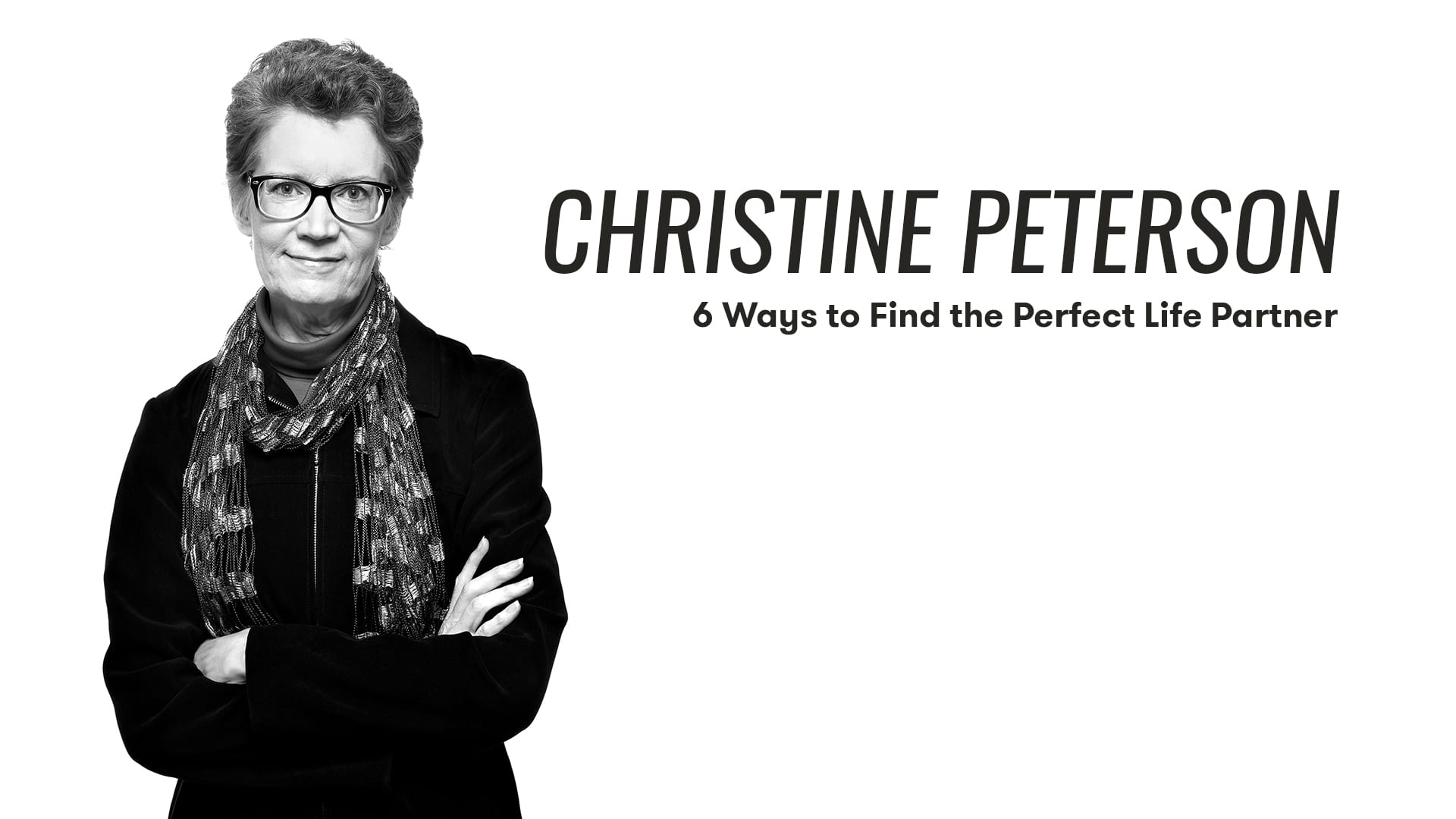Finding The Right Partner in The Era of Hookup Culture

As connected as the world has seemingly become, especially as technology continues to advance, more than half of Americans report experiencing intense feelings of loneliness. The “loneliness epidemic,” as it has been dubbed has become such a problem, it has been written about and analyzed hundreds of times over as experts in a variety of different fields attempt to figure out how it can be resolved and how we can build substantial connections with other human beings.
In Austin, Texas where Future Frontiers is held, the loneliness epidemic is being felt even more severely than the rest of the country with 60 percent of Austonians reporting feeling extreme loneliness. When looked at younger populations in Austin specifically, the numbers are even higher. But what can be done to solve such a severe problem?
According to Future Frontiers speaker Christine Peterson, who is the Co-Founder and Past President of Foresight Institute, we can begin to take steps in solving this complex problem by using evolutionary biology and the body’s biochemistry to help us understand how to find and keep the right life partner.
How Do We Fall in Love?
As an audience member at last year’s Future Frontiers conference, I was unfamiliar with Peterson’s work prior to hearing her speak. Sitting in the crowd waiting for the speech to begin, I began to wonder what this woman, older than I was, could possibly teach me about dating in the modern world. Twelve minutes later, as her presentation came to an end, I realized how off base my initial assumptions had been. I also realized how little I understood about finding a quality life partner.
Peterson’s talk presents six ways to find the right life partner and her advice may not be what you might expect to hear. And even if you have already found a mate, as Peterson says, “Your life is long, you may someday need to find another one, so pay attention anyway.”
While her speech is primarily targeted towards straight couples, that doesn’t mean her advice cannot be more universally applied. And while men and women are more equal now in the workplace and otherwise than at any other time in history, it is important to remember that there are very real biological differences that impact the way we fall in love. And when it comes to getting those butterflies in your stomach and daydreaming about creating a future with someone, men and women develop these feelings and form these connections in very different ways.
Oxytocin, sometimes called the “love” or “bonding” hormone, is what women use to form long-term pair bonds. In addition to being secreted during childbirth and even breastfeeding, women also experience an increase in this hormone during sex. This is why it’s so easy for women to fall in love and form bonds with men after sleeping with them. And though this hormone does have some impact on men, it does not control how they fall in love and form bonds.
Vasopressin is the chemical that men use to form their connections and long-term pair bonds with women. And unlike women, whose hormones often conflate sex with love, vasopressin can have an opposite effect. Secretion of vasopressin over a prolonged period of time helps males fall in love. But a large rush of the chemical at once too early in the dating process and the opposite effect occurs.
So what does this actually mean? It means that for men, sex too early can sometimes make it harder to form a lasting bond. Which is why she suggests waiting to have sex and encourages daters to “stop at second base,” even if doing so might seem all too reminiscent of our awkward junior high. But as she also points out, “dating is awkward anyway.”
This might seem a little old fashioned and outdated, but as Peterson says as she projected caveman drawings on the screen, “that’s because the biochemical operating system that works the love process is very old. It hasn’t changed substantially since this cave painting was painted.” This seemed all too real to me as I thought to myself, “Alright, I’m listening.”
Are We Dating Wrong?
To correct our current dating situation, Peterson suggests that women give “nice guys” more than one or two dates before dismissing them, even if there is not an instant attraction. For women, this can take up to two months, but as she says of her own experience, “I know because that is how long it took me one time, but then, I fell like a ton of bricks.”
As with everything in life, there are, of course, exceptions to what Peterson presents, as she herself will be the first person to tell you, but her presentation has resonated with so many people, especially millennials who are eager to find real love in the era of hookup culture. Another one of her suggestions might also surprise you.
Apps like Tinder may have given dating apps a bad name by making them only about “hooking up.” But as Peterson explains, there is enormous potential for finding the right mate through this type of transformative technology. Already, we rely on algorithms to pair us with new products, movies, music, and services that fit our personal preferences. Why wouldn’t we do the same with dating?
It’s hard to meet someone in the real world when you do not know if they are single or value the same principles that you do. Likewise, unless they happen to be wearing a t-shirt that says, “I’m looking for a wife and kids,” you may not know what they are really after. Dating apps, on the other hand, allow you to answer these questions first and then be paired with someone who holds the same values. And we are only just beginning to see what is possible with this type of technology.
The entirety of her talk is filled with that can only be described as “mindblowing” suggestions on how to optimize dating so that you can find a quality partner with whom you can share your life. But rather than spoil her entire talk, I’ll let you watch and experience the presentation for yourself.



